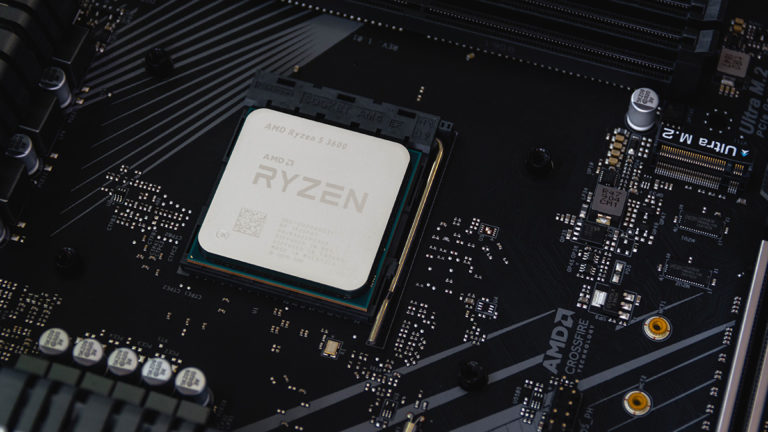I’ve been wanting to build a new PC for a while. My current PC was originally built back in 2012, and upgraded in 2018. There’s still a lot of life left in this PC, so it will definitely be repurposed. However, for desktop use, it has fallen short in being unable to run a few modern applications (ok, also games) that I’ve been interested in, namely: DaVinci Resolve, the 2020 version of Microsoft Flight Simulator, and Call of Duty: Warzone. Spending a lot more time at home due to the pandemic also drove my decision to upgrade the PC. But Continue Reading
pc build
Desktop Computer Upgrade
I last posted about my computer specs six years ago when I first built my VMWare ESXi Whitebox server. Here’s an update to what happened to it: From the software point of view, it was all and well for the first 2-3 years. I had FreeNAS, Windows 7 and Windows 8 virtual machines running on it, and some lesser used Ubuntu virtual machines for playing around. With the IOMMU capabilities of the motherboard, I even was able to get the GPU accessible by the Windows virtual machines to use it as a desktop and even play some games on it. Continue Reading
VMWare ESXi 5 Whitebox
I have 2 old computers (Pentium III and Celeron computers circa early 2000’s) that I currently use as servers for file storage, backups, and testing. I thought it was about time to consolidate these servers I had, up the performance, and set up a flexible test environment for my coding endeavours. VMWare’s free ESXi hypervisor piqued my interests earlier last year. It’s comparable to XenServer but apparently has better support for Windows virtual machines. Being a bare-metal hypervisor, it should give better performance than a usual virtual machine sitting on top of a full-blown operating system. So I set my Continue Reading

